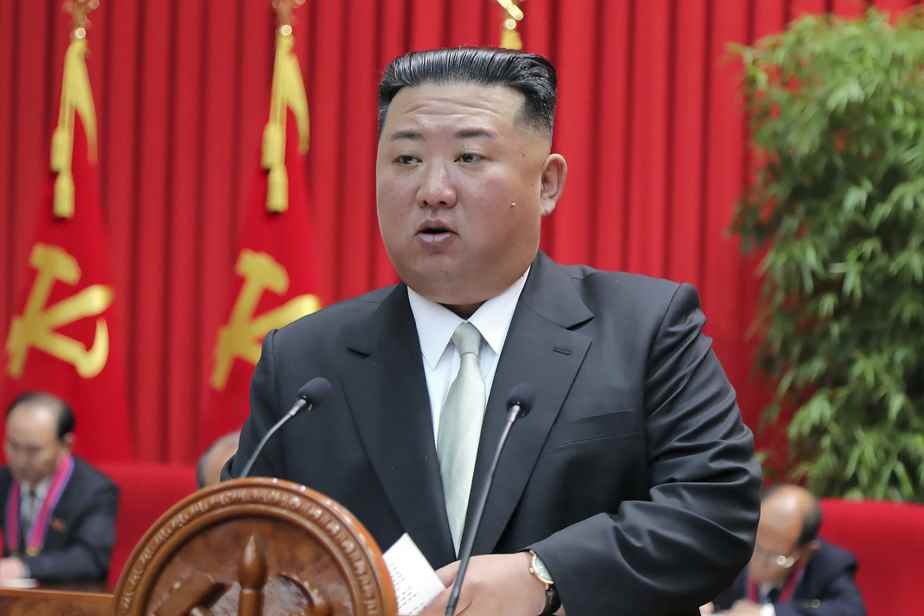(Seoul) North Korea launched a new ballistic missile on Thursday, hours after promising a “fierce” response to the strengthening of the military alliance between Washington, Seoul and Tokyo.
“North Korea launched an unidentified ballistic missile into the East Sea,” also known as the Sea of Japan, the South Korean military said.
Earlier this week, during a meeting on the sidelines of the G20 summit in Bali, US President Joe Biden tried to convince his Chinese counterpart Xi Jinping to intercede with North Korea to give up carrying out a nuclear test, as Washington and Seoul attribute to him the intention.
Mr. Biden, his South Korean counterpart Yoon Suk-yeol and Japanese Prime Minister Fumio Kishida had also promised a “strong and firm” response on Sunday if Pyongyang carries out this test, which would be the first since 2017 and the seventh in his history.
On Thursday, North Korean Foreign Minister Choe Son Hui condemned the leaders’ meetings, saying they are “entering the situation on the Korean peninsula into an unpredictable phase”.
“Foolish Acts”
“The strengthening of the ‘American offer of extended deterrence’ and the daily increase in military activities by allied forces around the Korean peninsula are senseless acts,” Choe said in a statement carried by the news agency. official KCNA.
The more Washington tries to strengthen its security alliance with Tokyo and Seoul, “the fiercer the DPRK’s military response will be”, Choe said, using the sign of the Democratic People’s Republic of Korea, the name North Korean official.
Experts say Thursday’s missile launch appears to have been timed to coincide with the minister’s statement.
North Korea “fired the missile after issuing the statement hours earlier. She is trying to justify the launch and send a message to the United States and Japan,” said Cheong Seong, a researcher at the Sejong Institute in South Korea.
North Korea launched an unprecedented flurry of projectiles in early November, including a ballistic missile that fell near South Korea’s territorial waters. President Yoon denounced a “de facto territorial invasion”.
November 2 alone saw 23 North Korean missile launches, more than all of 2017, when leader Kim Jong-un and then-US President Donald Trump traded threats of nuclear war.
In September and October, Pyongyang had already carried out a copious series of firings, including that of a ballistic missile which had flown over Japan for the first time in five years.
The latest series of launches have been accompanied by artillery barrages near the inter-Korean demarcation line and wide-ranging aerial sorties in North Korean skies.
Pyongyang justified its actions in November by the “aggressive and provocative” attitude of Seoul and Washington, which at the same time were carrying out the largest air maneuvers ever carried out between them.
Analysts say North Korea, which under UN resolutions is barred from launching ballistic missiles, has become emboldened by the likelihood of escaping any further UN sanctions due divisions in the Security Council.
China, Pyongyang’s main diplomatic and economic ally, joined Russia last May in vetoing a US attempt to tighten sanctions on North Korea.
Any additional sanctions would also have limited effects, analysts say, as North Korea has already practically cut itself off from the world since the start of 2020 in an attempt to preserve itself from COVID-19.
